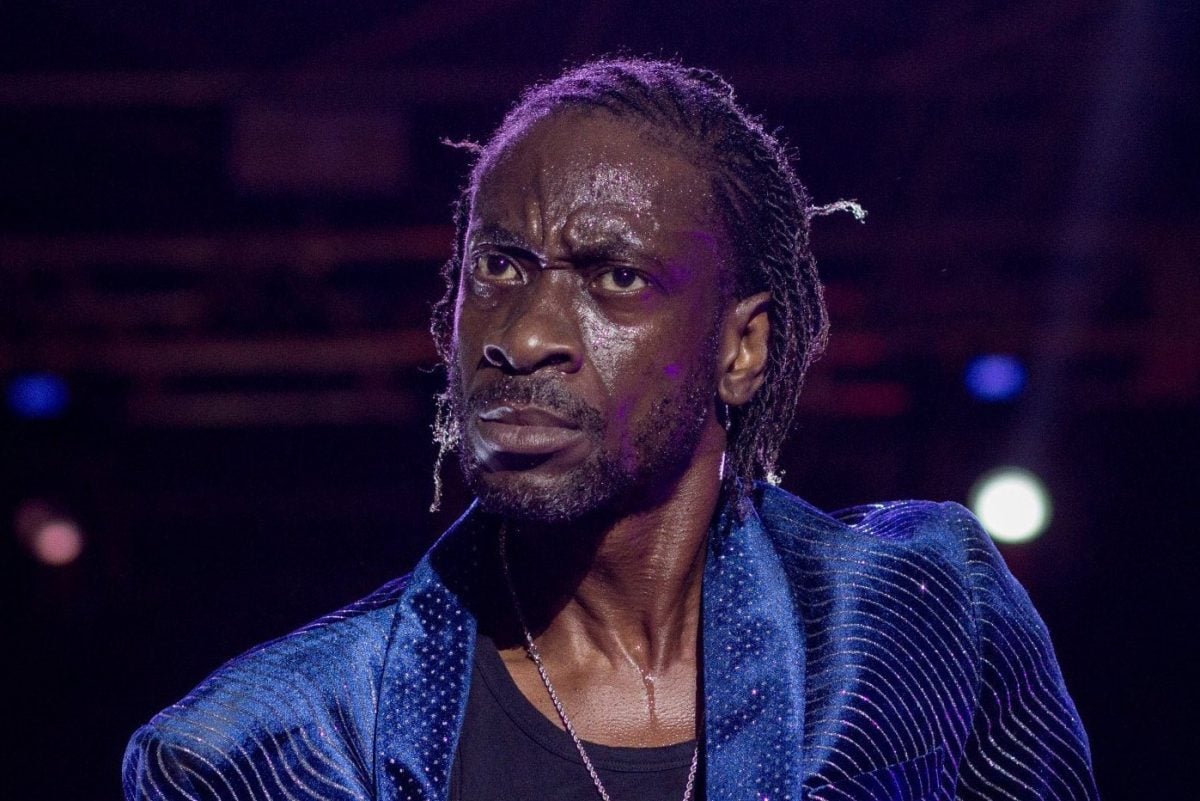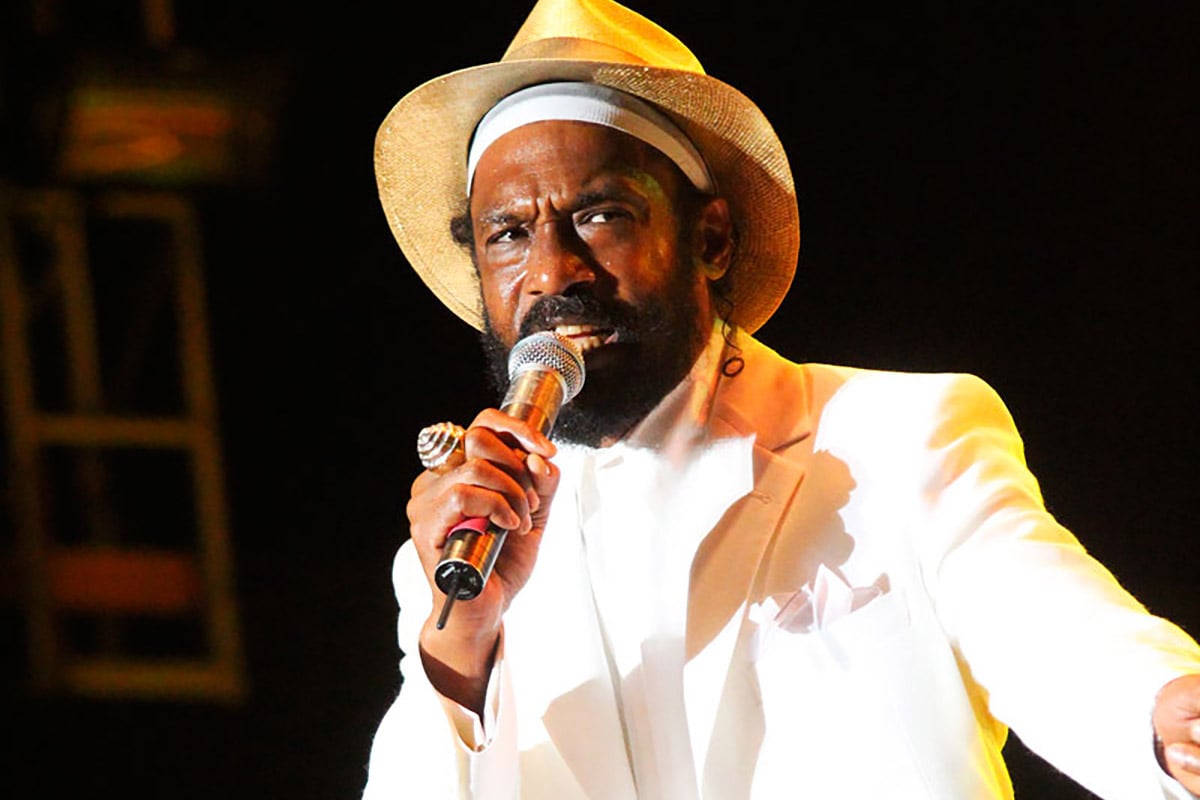Bounty Killer Laments Decline Of Rhyming In Dancehall Songwriting: “Nowadays, People Just Say Anything”

For Dancehall stalwart Bounty Killer, rhyming plays an integral role in songwriting, but it’s an art form he believes is lost upon the new crop of Jamaican artists.
Referencing his 90s contemporaries, the Eagle and the Hawk deejay said they deliberately ensured word-endings were sonically-parallel, upping the ante with different pronunciations.
“The art of the pronunciation a mek it rhyme – those are the things we practised,” Bounty recently said on The Cut. “Nowadays, man just seh words, dem nuh badda rhyme again cause nowadays the song dem nav nuh rhyme… I understand the story, but it nuh rhyme. Back inna the days, we mek everything rhyme and I don’t know how we do it… It’s like rhyme a run out now cause people nuh rhyme again and a so we’re used to creativity cause it force you fi go the furthest fi find the line fi rhyme. Nowadays, people just lackadaisical and just say anything.”
The Seaview-bred artist was an early student of music, ingesting the lyrical delivery of forerunners Super Cat and Junior Cat, whose rhymes packed context, superseding phonetics.
“Rhyme is a thing weh it mek a lot of sense when you a tell a story with the rhyme cause some people nuh know fi tell story with rhyme, dem just rhyme dem true dem sound alike, but me use the rhyme as story,” Bounty said.
The topic formed part of a wider conversation about how Bounty curated his brand, from his early signature all-black ensemble to his songwriting and infamous slangs. Waltzing between his and the current generation of artists, he said there was little room for copycats. When he made his debut as Bounty Hunter more than three decades ago, he distinguished himself by sporting looks from Western movies.
“When we a come now, we did think yuh haffi have the right image, yuh haffi have the right style, yuh haffi have the right lyrics,” the Anytime deejay said.
“Image was something we have to sit down and figure out, that’s why mi seh mi name ‘The Bounty Hunter’ and the first time mi come out inna the Daniel Boone hat and the cowboy frill and everything, cause I was portraying an image from a movie.”
Just as he’d looked up to the rhyming prowess of Super Cat and Junior Cat, he got cues from the brand images of other artists.
“We used to hear bout the Josey Wales, the John Wayne. We see the Pinchers come out inna the bandolero something. The Ninjaman come out inna the Ninja something dem. Den we see Shabba come in the flairy-flairy clothes and Buju Banton come and him have the eyeglass.
“Everybody used to have an image, so, it used to feel like if you don’t have an image, yuh naked inna music, so, me deliberately sit down and plan an image, plan the style dem, the speech… A nuh like nowadays everybody look pon everybody and waan copy and sound like and look alike. Creativity was a thing at that time, so, we used to sit down and practise the image and the style and everything.”

